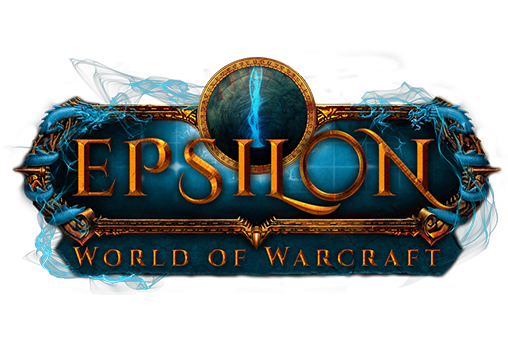
[Interest Check] Stormwind House of Nobles
By
Traius, in Lor'lathil
What do you choose?
32 members have voted
-
Recently Browsing 0 members
No registered users viewing this page.
